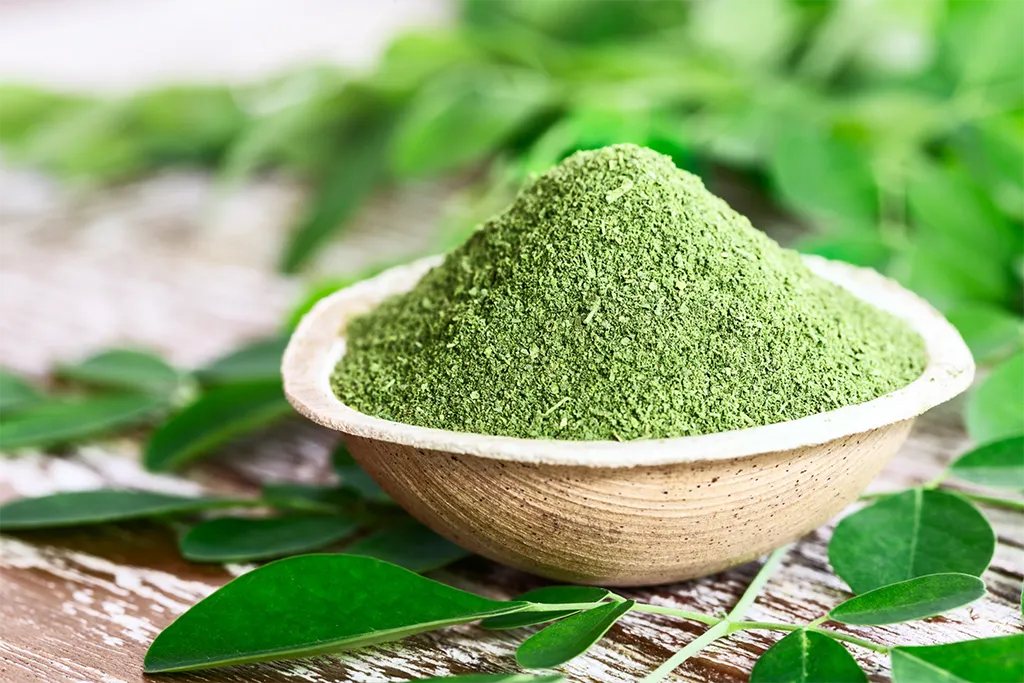Ankle sprains occur when the ankle muscles and ligaments stretch further than they are designed to. As the ligaments stretch, they may be torn, causing a sustained sharp pain that may accompanied by some swelling and in some rare instances, bruises. Sprained ankles are usually because of various reasons including carrying more weight than the ankle muscles can bear, embarking on a physical routine without warming up, and falls. Ankle sprains are treated with various medications coupled with some form of physical therapy like massages and thermal and cryotherapy.
In place of commercial medications, ankle sprain patients are now turning to an organic and risk-free option; kratom. Now, the issue is; what kratom strain is best for ankle sprains? This article answers your question, plus any other information you may need on the use of kratom for ankle sprains.

Different Kratom stains for pain
Understanding Various Kratom Strains
Familiarizing yourself with the various kratom strains can help you make an informed choice when purchasing some for your sprained ankle. For your consideration, here are the three strains you should explore.
Red Vein
Among the three, this is the most suitable strain for ankle sprains. It is mostly sought after for its strong analgesic and relaxation properties, which come in handy in the treatment of sprained ankles. In this strain category, you are likely to come across strains such as Red Maeng Da, Red Bali, and Red Borneo. Due to the severe pains associated with ankle sprains, Red Vein strains are best for much-needed relief. Since you might experience some bits of anxiety from the thought of being confined to a temporary immobility, the strain will also provide you with relaxation.
Green Vein
This category includes strains such as Green Maeng Da and Green Malay. These come in handy in the treatment of sprained ankles where you need relief from the pain while still looking to maintain some level of energy. These two benefits are derived from the analgesic and stimulation properties of this strain category.
White Vein
In this category, you will come across strains such as White Borneo and White Maeng Da. Though they contain analgesic properties that help with ankle sprain pains, they are not as potent as the Red Vein strains. On the brighter side, they are known to reduce inflammation, which is a major symptom of sprained ankles.
Healing Mechanisms
The use of kratom in treating sprained ankles is rooted in its analgesic properties where patients experience relief from their pain symptoms. The analgesic effect comes from the ability of its alkaloids, primarily Mitragynine and 7-hydroxymitragynine, to bind to the opioid receptors in the brain. Kratom’s anti-inflammatory properties help in reducing swollen ankles. The reduction in swelling helps patients struggling with sprained ankles to regain mobility and improve the healing process. Anxiety is not the only thing that patients with sprained ankles deal with; there is also the stress and bad mood that comes with it. Kratom promotes relaxation and alleviates stress levels. This in turn helps in accelerating the healing process. Kratom also provides sprained ankle patients with some mild stimulation, something that helps them regain mobility much faster.
Recommended Usage
The use of kratom in treating sprained ankles is heavily dependent on how effectively you use the plant. For instance, the use of the right strain, dosage and close monitoring of the effects go a long way in the effective treatment.
Pick the Correct Strain
Getting the wrong strain can derail or offer little to no healing benefits to patients with sprained ankles. For sprained ankles, Red Vein strains are best suited due to their strong analgesic and relaxation properties. Also, ensure you get this strain from the right dealers since farming methods, transportation, distribution, and handling can all compromise the potency of the right strain.
Start with Low Dosage
To avoid developing resistance to kratom strains, it is advisable to start with a low dosage and increase it depending on your body’s response.
Monitor
You are advised to closely monitor your body’s response to kratom strains. Due to genetic predisposition and the severity of the injury, the strain that works for you may not work for another patient. If you experience adverse effects with a certain strain or dosage, it is advisable to adjust the dosage or change the strain accordingly.
As we have always stated, kratom should be used with close monitoring or guidance from your primary healthcare provider. This is because they are better skilled and experienced to know what strain and dosage works best for your unique health needs.